X
Electric hoists represent their own machinery, strength, and toughness, while the stage is elegant, flowing, and soft, with conflicts and collisions between the two.
What protective measures should be taken in the control circuit of electric hoists?
Category : W12 Stage Electric Hoist
Get a Quote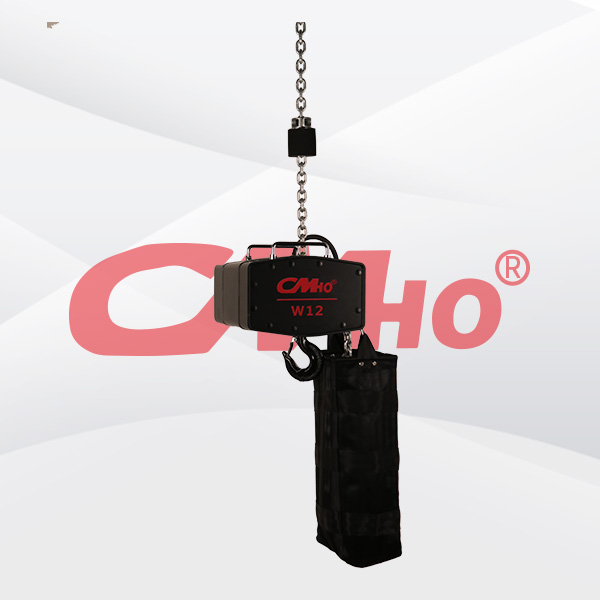
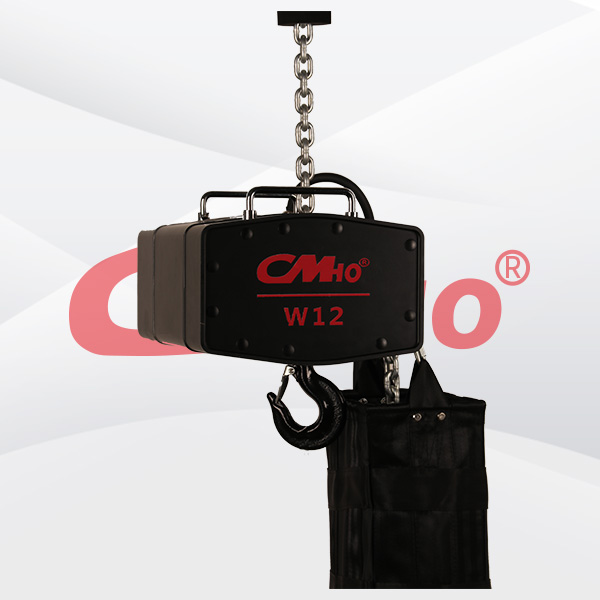
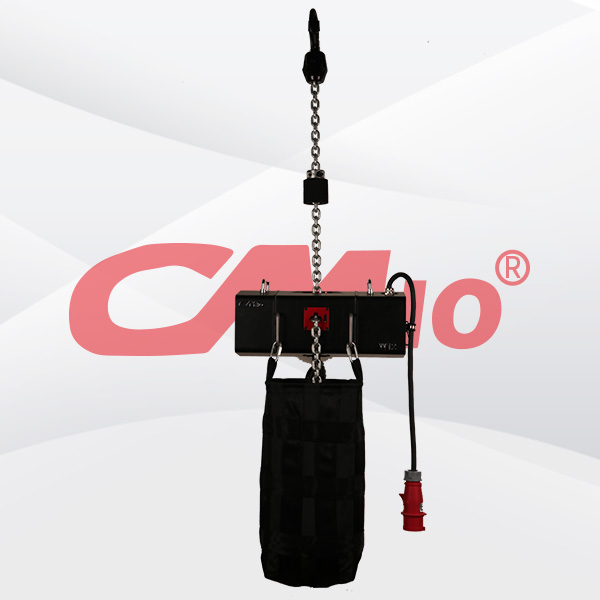
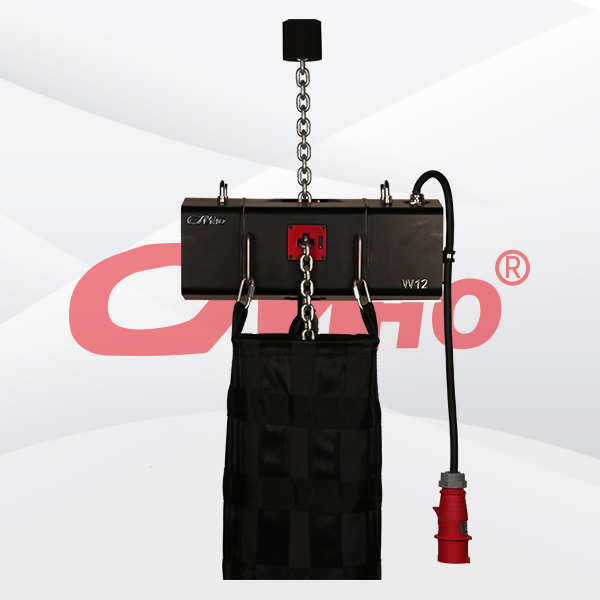





Product Details
What protective measures should be taken in the control circuit of electric hoists?
1、 Undervoltage protection
When the voltage of the circuit drops, the torque and speed of the motor will decrease, which will affect the normal operation of the motor. When the voltage drops severely, it can also damage the motor. In control circuits with self-locking, when the power supply voltage drops to a predetermined value during motor operation, generally below 85% of the working voltage, the magnetic flux of the contactor coil weakens, the electromagnetic baptism is insufficient, the moving iron core is released, the normally open auxiliary contact is disconnected, and self-locking is lost, At the same time, the main contact is also disconnected, and the motor stops rotating for effective protection.2、 Contactor voltage loss protection
The self-locking control circuit in the control circuit, when the power supply is temporarily cut off and restored, due to the initial self-locking contact being disconnected, the control circuit will not be connected, the contact coil will not have current passing through, and the normally open contact will not close. Therefore, the motor will not start and operate on its own, which can avoid the occurrence of accidents. This protection is called power loss protection3、 Overload protection
During the operation of an electric hoist, if the load is too high for a long time, frequent operation, or short phase operation, the current of the motor may exceed its rated value. Sometimes, the leakage short circuit switch will not trip in this situation, which will cause the motor winding to overheat, exceed the allowable temperature rise, damage the insulation, affect the service life of the electric hoist, and even burn out the motor. Therefore, overload protection should be taken for the electric hoist. The most commonly used method is to use a thermal relay. The heating element of the thermal relay is connected in series in the two-phase main circuit of the control circuit, and the normally closed contact is installed in the control circuit. Due to overload or other reasons, when the current exceeds the rated value, the heating element will be heated and bent for a period of time, causing the normally closed contact connected in series in the control circuit to disconnect, cutting off the control circuit, disconnecting the coil of the contactor, and disconnecting the main contact, The electric motor is disconnected from the power supply and stops running, providing overload protection.
RELATED PRODUCTS .
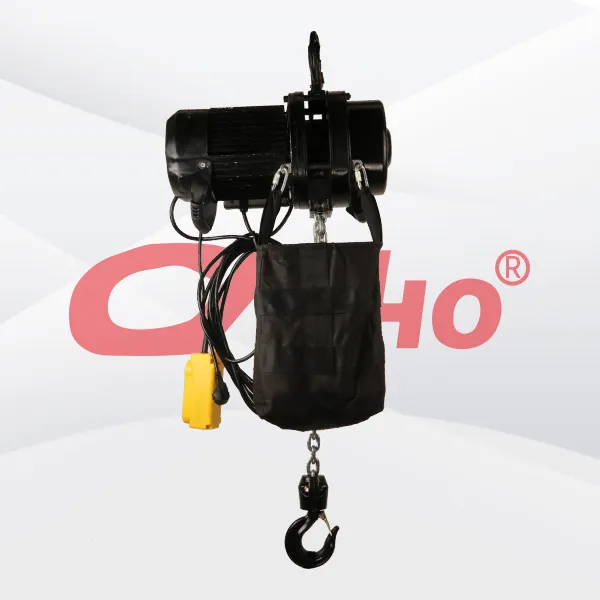
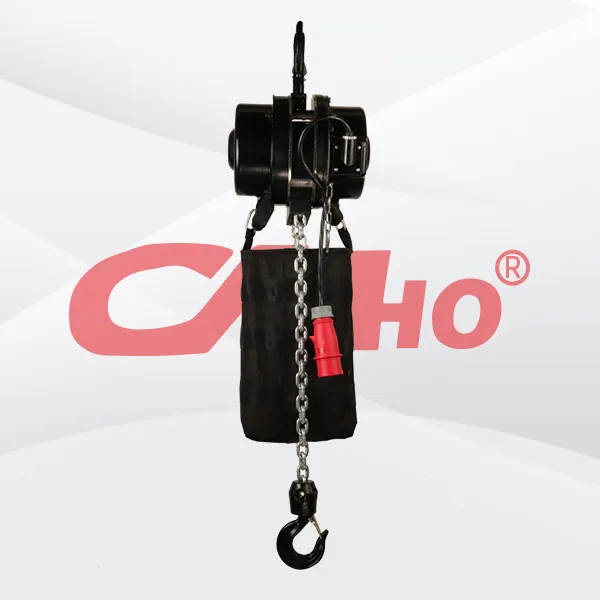
Fixed-speed chain electric hoists, due to their fixed speed and simple structure, are often suitable for scenarios where frequent speed adjustment is not required. With lower maintenance costs, they a
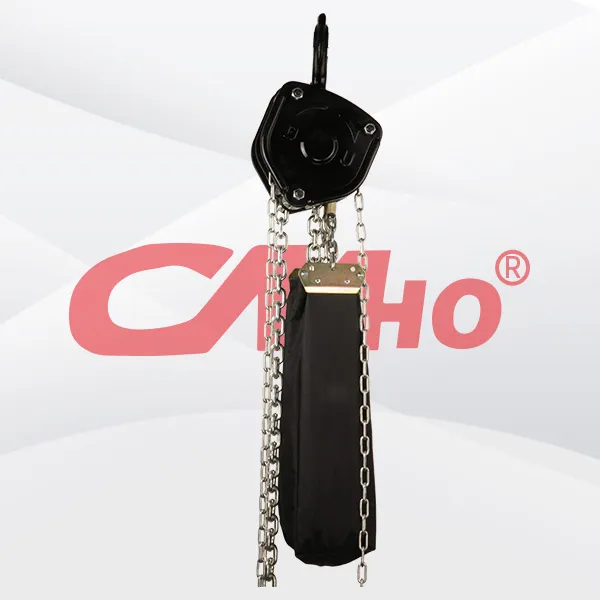
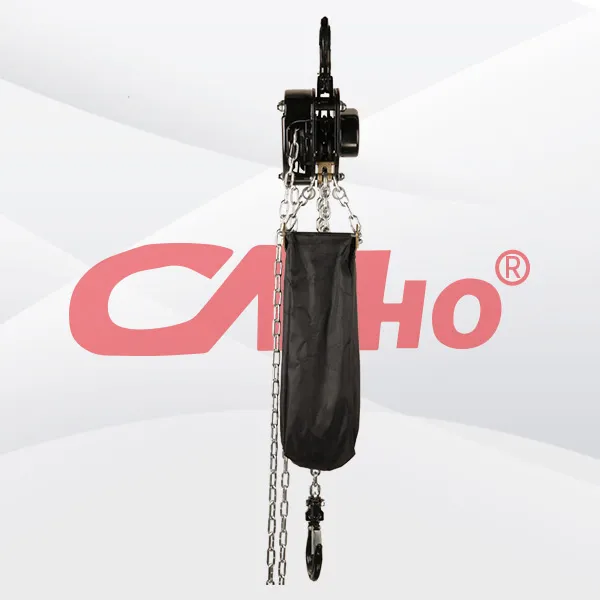
Stage chain hoists are typically used for suspending lighting, scenery, etc., and need to have safety certifications and stable performance.
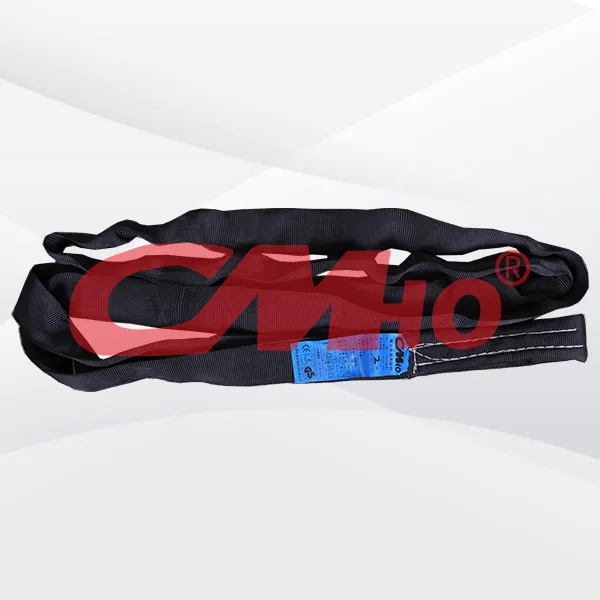
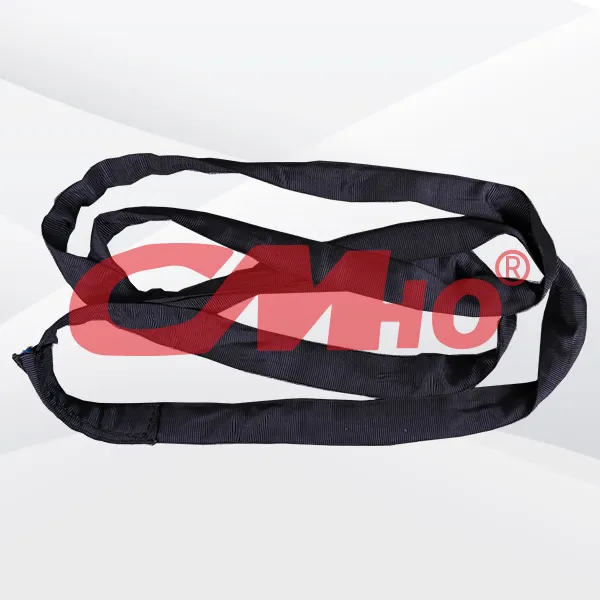
The Safety Soft Lifting Sling is a hoisting tool made of high-strength flexible materials (such as polyester fiber, aramid fiber, etc.). It reduces wear on lifted objects through its flexible contact
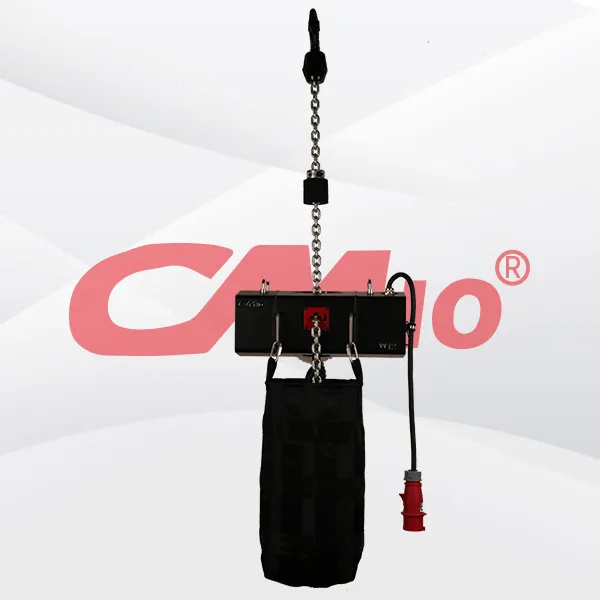
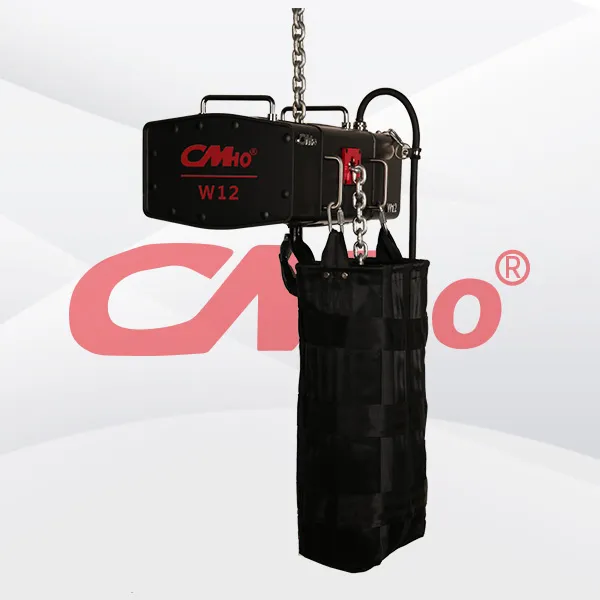
Designed specifically for aluminum truss systems, our stage hoists combine robust performance with precise control, catering to professional stage setups, live events, concerts, and theater production
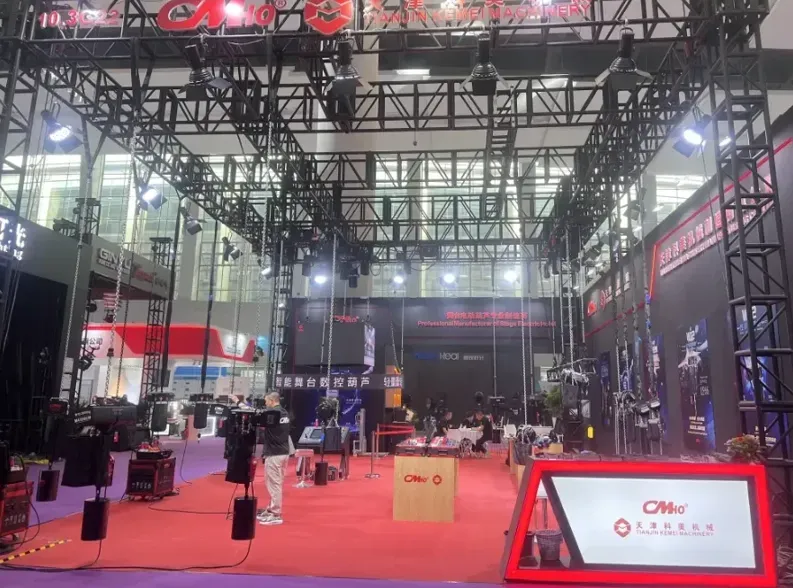
2025-05-27
创始人
0
Guangzhou International Professional Lighting and ...
We look forward to meeting you at the exhibition site and jointly drawing a new blueprint for industry development!
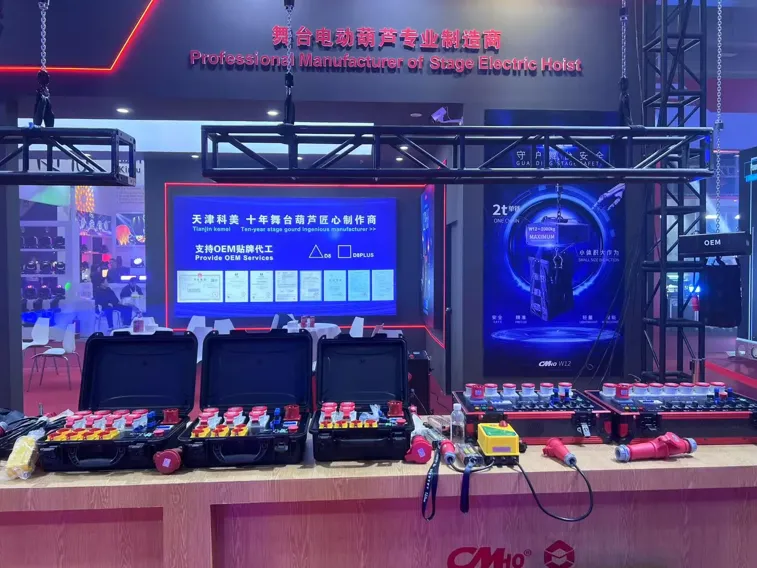
2025-02-28
创始人
0
The participation of Tianjin Kemei in the Guangzho...
Tianjin Kemei made a remarkable and eye-catching appearance at the Guangzhou (International) Performing Arts Equipment, Intelligent Acoustic, Optical and Electrical Products...
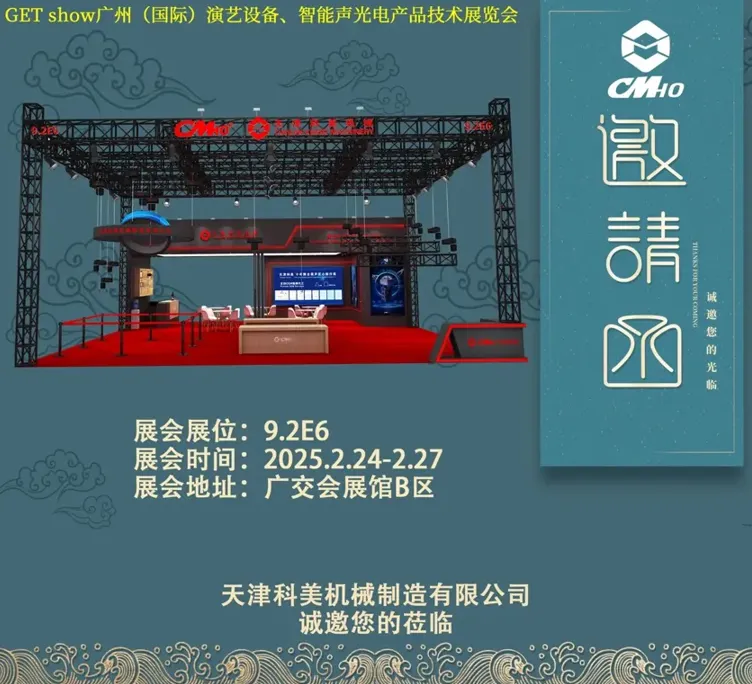
2025-02-27
创始人
0
Guangzhou (International) Performing Arts Equipmen...
In the era of the rapid development of stage lifting equipment and intelligent acousto - optic technology, every industry event serves as a crucial opportunity for innovatio...
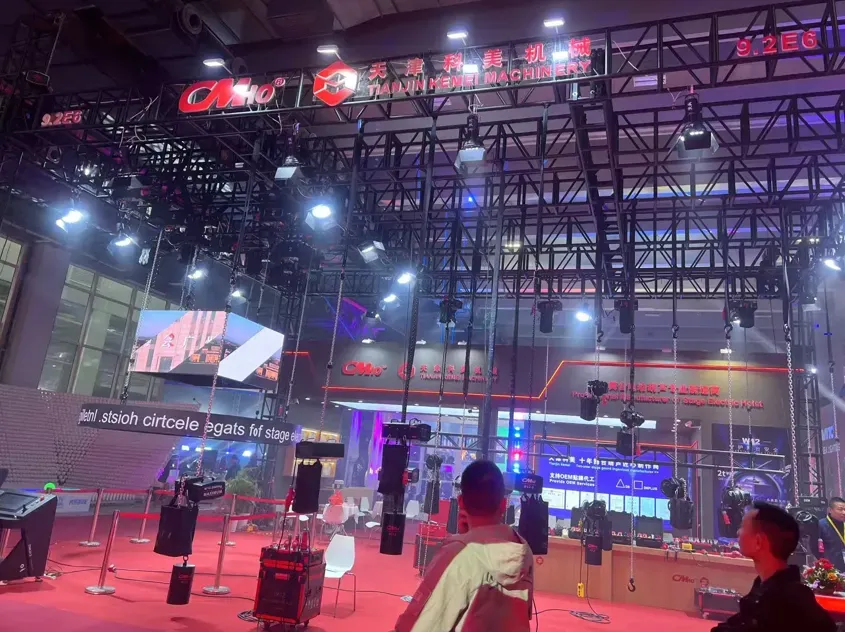
2025-02-27
创始人
0
GET show Guangzhou (International) Performing Arts...
Tianjin Kemei Machinery Manufacturing Co., Ltd. has been deeply engaged in the stage equipment manufacturing field for many years and has developed into a modern benchmark e...

